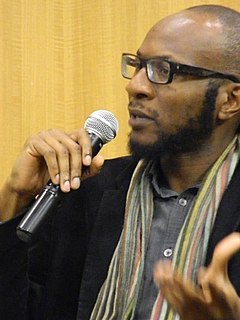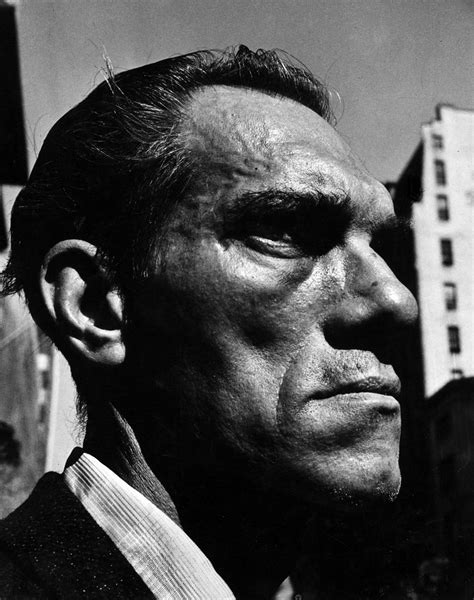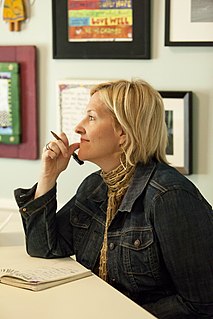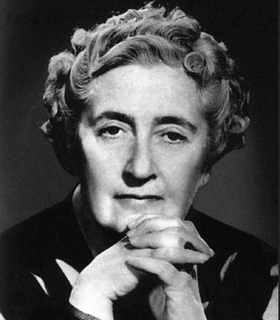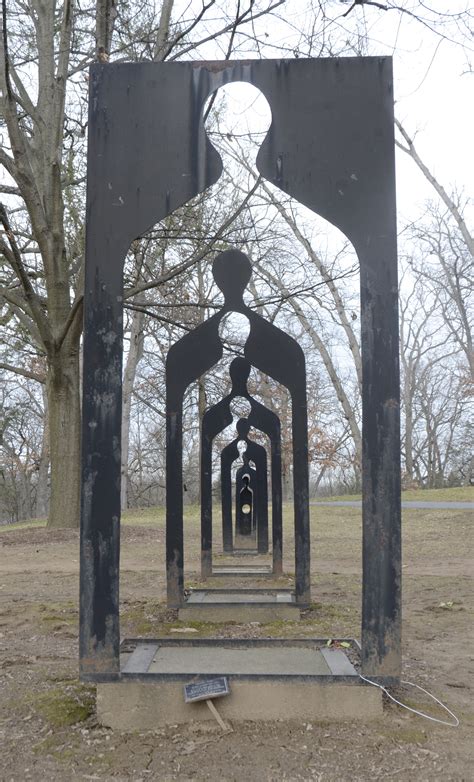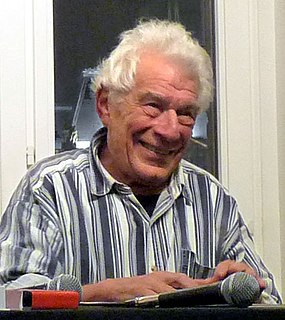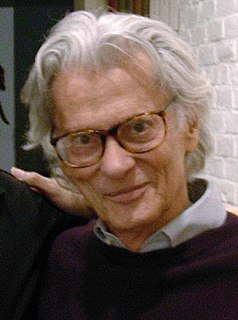A Quote by Irving Penn
A good photograph is one that communicates a fact, touches the heart and leaves the viewer a changed person for having seen it. It is, in a word, effective.
Quote Topics
Related Quotes
Courage is a heart word. The root of the word courage is cor - the Latin word for heart. In one of its earliest forms, the word courage meant "To speak one's mind by telling all one's heart." Over time, this definition has changed, and today, we typically associate courage with heroic and brave deeds. But in my opinion, this definition fails to recognize the inner strength and level of commitment required for us to actually speak honestly and openly about who we are and about our experiences -- good and bad. Speaking from our hearts is what I think of as "ordinary courage.
Everyone thinks he knows what a lettuce looks like. But start to draw one and you realise the anomaly of having lived with lettuces all your life but never having seen one, never having seen the semi-translucent leaves curling in their own lettuce way, never having noticed what makes a lettuce a lettuce rather than a curly kale.
The fact is that the camera is literal if anything, which gives it something in common with a thermometer... Often the tension that exists between the pictorial content of a photograph and its record of reality is the picture's true beauty. There is sleight of hand in photography... you make the viewer think he's seeing everything while at the same time you make him realize he's not. I try to make my pictures seem reasonable and then, at the last minute, pull the rug from beneath the viewer's feet, very gently so there's a little thrill.
But there is more to a fine photograph than information. We are also seeking to present an image that arouses the curiosity of the viewer or that, best of all, provokes the viewer to think-to ask a question or simply to gaze in thoughtful wonder. We know that photographs inform people. We also know that photographs move people. The photograph that does both is the one we want to see and make. It is the kind of picture that makes you want to pick up your own camera again and go to work.
If one person sits down at their computer one day and types one word, dose that affect the future? If that one person didn't type that one word, would the future's history be changed? Dose their one word even mean anything? Dose my one (times a lot) word mean anything? Dose that one person's one word even get read-once? If I wasn't sitting here writing my words, would my future be different?
The Photograph belongs to that class of laminated objects whose two leaves cannot be separated without destroying them both: the windowpane and the landscape, and why not: Good and Evil, desire and its object: dualities we can conceive but not perceive... Whatever it grants to vision and whatever its manner, a photograph is always invisible: it is not it that we see.


